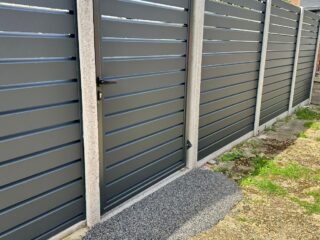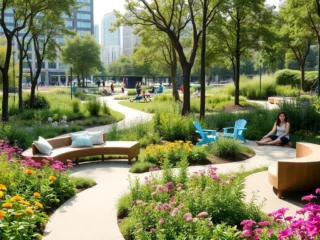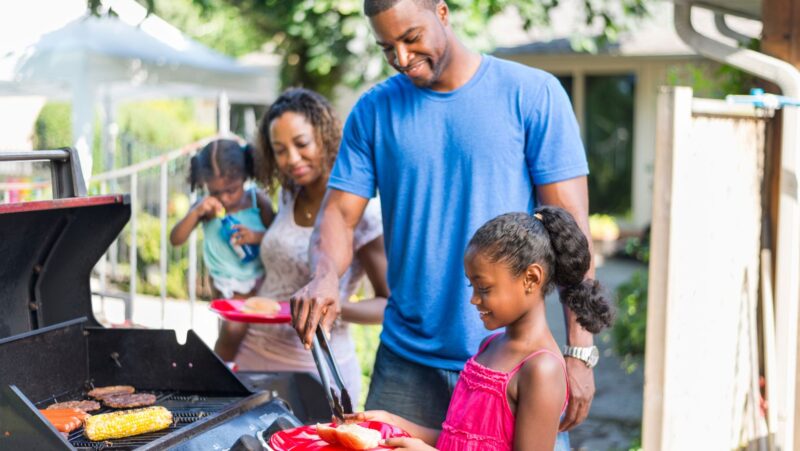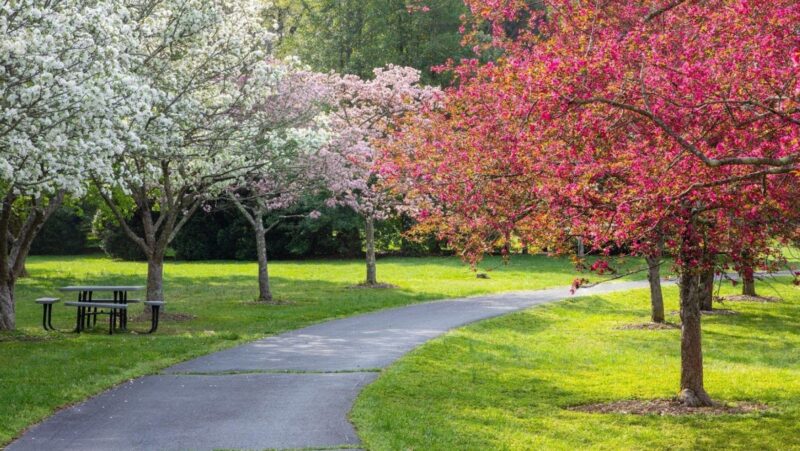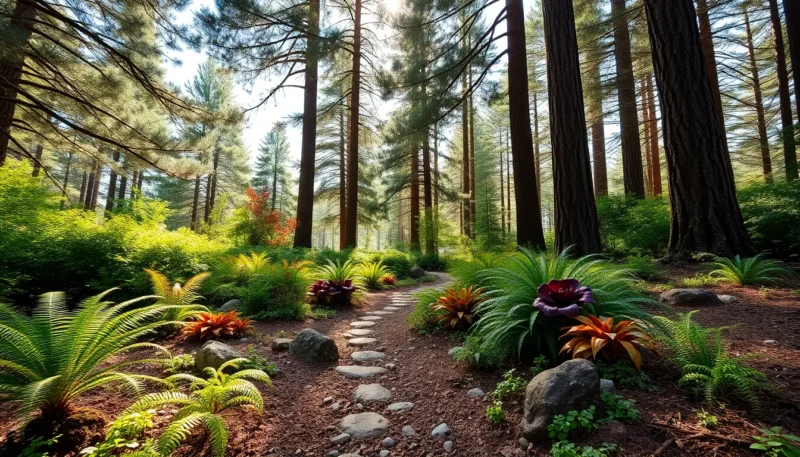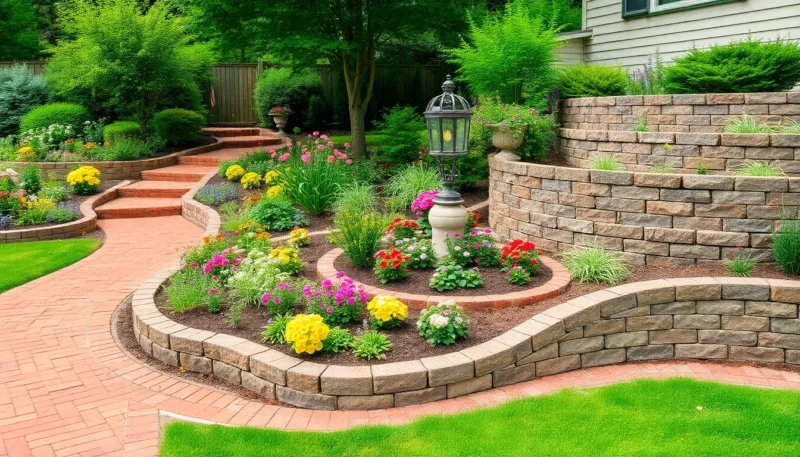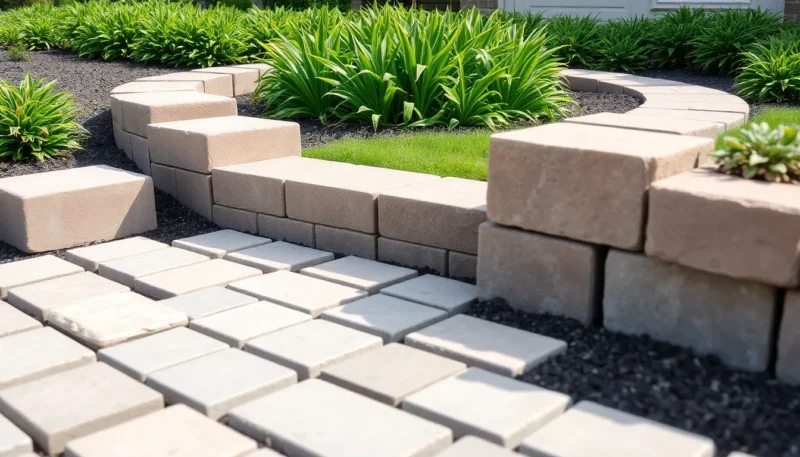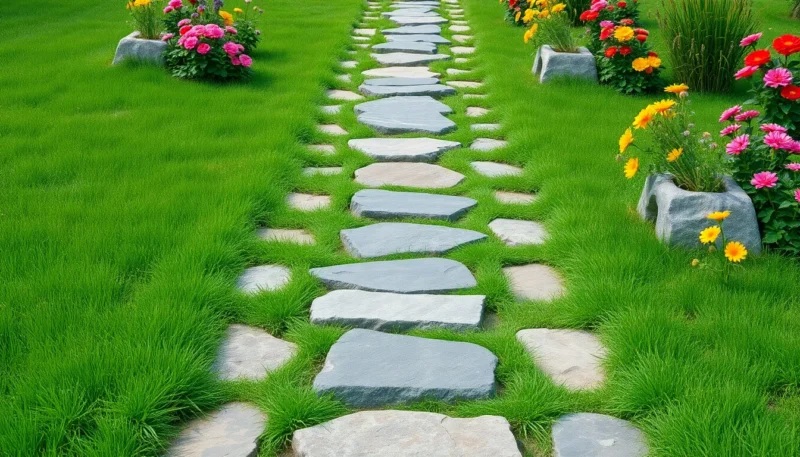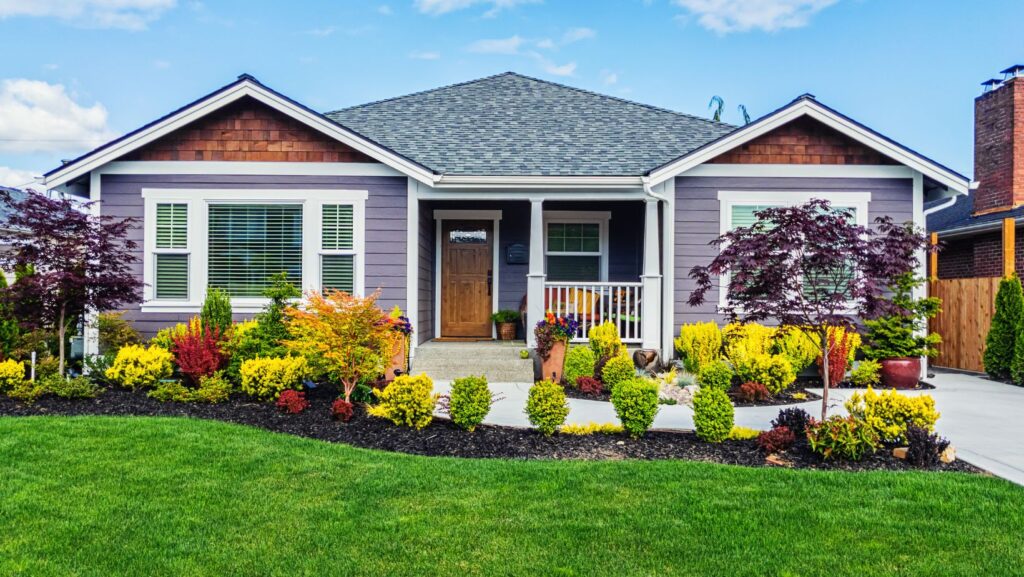
Curb appeal is often the first impression a home makes and it happens before a buyer steps through the door. Well-designed landscaping doesn’t just make a property look nice. It sends a message. It tells buyers the home has been cared for, that it’s part of its environment, and that there’s more to love beyond four walls. From a lush lawn to a carefully positioned tree line, these outdoor choices influence perception, comfort, and value.
In markets known for scenic charm and outdoor living, landscaping becomes even more significant. Take real estate in San Miguel de Allende, where terraced gardens, colorful flora, and shaded courtyards are not only common but expected. Buyers are drawn to homes that offer beauty and function both inside and out. And often, the yard plays a larger role in the final decision than people expect. Here’s why thoughtful landscaping deserves a seat at the table during every home search.
Landscaping Shapes Buyer Perception Before They Enter
First impressions matter. A clean driveway, fresh mulch, and trimmed hedges can frame a home in the best possible light. Buyers often form an emotional response the moment they pull up. That response sets the tone for everything they see afterward. A neglected yard, on the other hand, casts a shadow over the entire viewing, even if the interior is spotless.
Landscaping can also tell a story about the property’s maintenance history. Healthy trees and gardens often signal a well-kept home. Meanwhile, overgrown bushes, dying plants, or cracked pathways can raise doubts. These details shape assumptions, which ultimately influence confidence in the home’s overall condition. When buyers feel like a property has been cared for from the outside, they’re more open to what’s inside.
It also speaks to lifestyle. A lush yard or quiet seating area gives buyers a glimpse of their future. Morning coffee under a shaded pergola. Summer dinners in a flower-framed backyard. These emotional touchpoints connect with buyers on a personal level.
Yard Size Isn’t Everything: Design and Function Win
Bigger doesn’t always mean better when it comes to outdoor spaces. Buyers care more about how the yard is used and how it feels. A small, well-designed garden with native plants and walkable paths can feel more inviting than a sprawling patch of grass with no structure.
Functional zones matter. Seating areas, shaded spots, edible gardens, or even quiet corners for pets or kids add usability to the space. Buyers notice when a yard flows naturally and offers more than just a view. It becomes part of how they imagine living in the home. A well-thought-out layout invites them to linger longer during showings and to picture their routines unfolding outdoors.
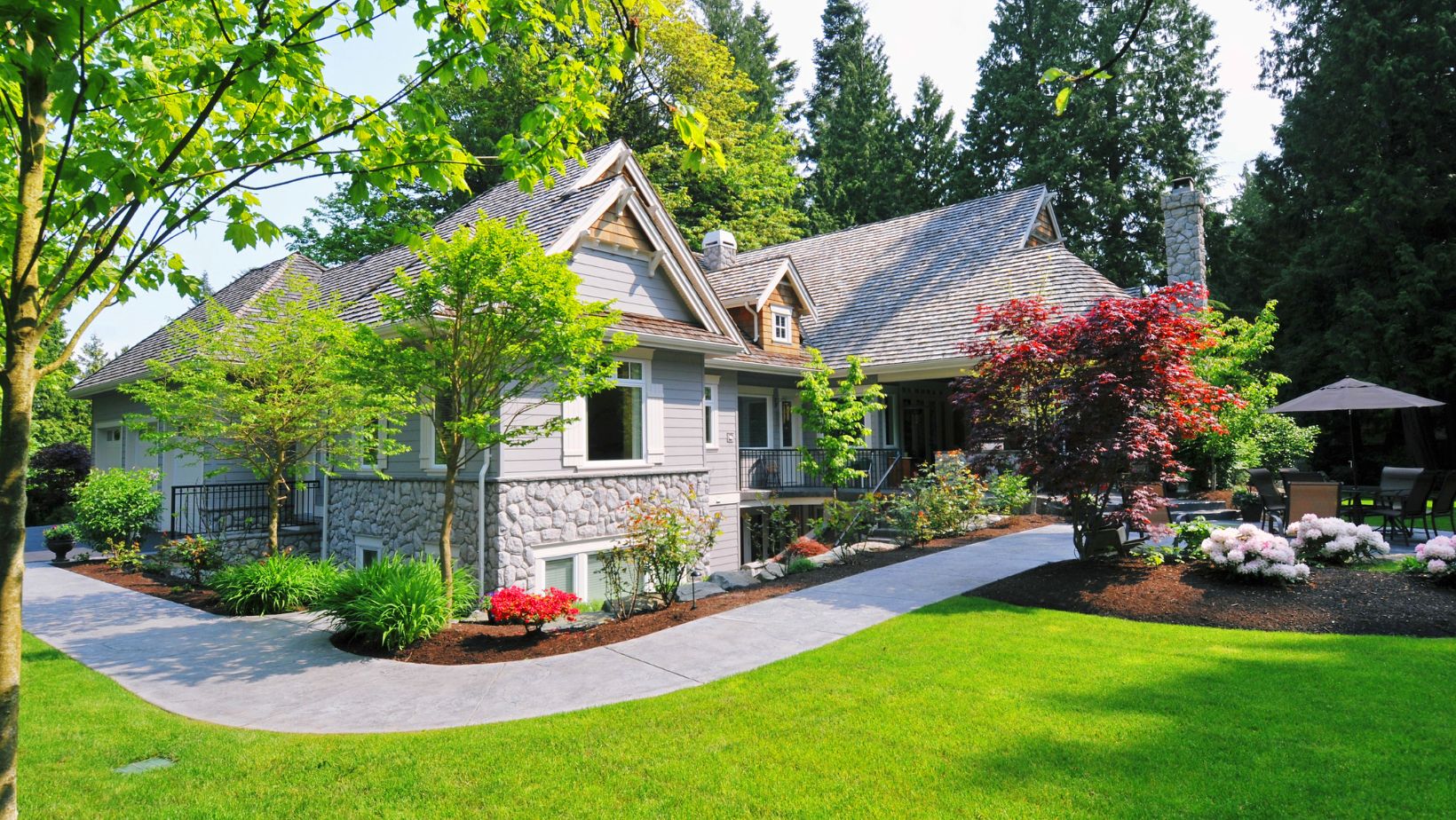
The key lies in thoughtful planning where symmetry, proportion, and focal points matter. Even small upgrades like raised beds or potted plants can transform a space. Strategic use of lighting, privacy features, or water elements adds a sense of completion. These are smart investments in how a home presents itself.
Landscaping Adds Real Value to the Property
According to multiple studies, professionally landscaped homes can experience a resale value boost of up to 15%. That figure often surprises sellers, but buyers assign value to beauty, livability, and low-maintenance design. Landscaping combines all three when done right.
Appraisers and real estate agents take landscaping into account, especially in competitive markets. It affects comparables. A home with mature trees, irrigation systems, and manicured lawns will stand out next to a similar listing that lacks outdoor polish. Buyers are willing to pay more for homes that look move-in ready inside and out.
Even basic improvements like lawn care, fresh mulch, or pressure-washed walkways can yield returns during the sale. The perceived cost of fixing up a neglected yard often becomes a bargaining chip for buyers. By contrast, a turnkey outdoor space reinforces the asking price and supports a smoother transaction.
Climate-Appropriate Landscaping Helps Sell Smarter
Today’s buyers are more informed and more eco-conscious. Landscaping choices that reflect local climate conditions speak to sustainability, ease of maintenance, and smart design. In dry climates, xeriscaping or drought-tolerant plants signal environmental responsibility. In rainy zones, proper drainage and erosion control show that the yard is built to last.
Using native species reduces the need for irrigation and pesticides. It also enhances the local ecosystem, something many buyers appreciate. Trees placed for passive cooling, hedges for windbreaks, and water-permeable surfaces are all attractive features. They reflect forward thinking. They also reduce future maintenance and utility costs, which savvy buyers factor into their decisions.
This is particularly relevant in regions prone to extreme weather. A well-designed landscape can reduce flood risk, protect the home’s foundation, and contribute to overall safety. Buyers looking at long-term livability care about these details..
Outdoor Spaces Reflect How Buyers Want to Live
People aren’t just buying a home anymore. They’re buying a lifestyle. The pandemic changed how we use our homes, and that shift isn’t going away. Buyers now prioritize outdoor living more than ever. A versatile yard offers a place to relax, entertain, exercise, or even work. That flexibility becomes a deciding factor for many.
Landscaping becomes the frame for that lifestyle. A fire pit area can feel like an extra living room. A shaded dining zone under string lights can feel like a nightly escape. Gardens give purpose and calm. These aren’t extras but experiences buyers want as part of their home purchase.
Even modest outdoor enhancements can tap into this desire. A stone path to a small bench, a trellis with climbing vines, or a cozy corner with lanterns can completely change how a buyer feels about the home. Emotional response drives many purchasing decisions, and smart landscaping supports that connection.
Low-Maintenance Landscapes Are a Growing Priority
Time is a resource buyers guard carefully. High-maintenance yards with large lawns, delicate plants, or intricate systems may look nice, but they often feel like a burden to those with busy schedules or no green thumb. The trend now leans toward beauty that doesn’t require constant work.
Gravel gardens, artificial turf, raised beds, and native ground covers are gaining popularity. Hardscape features, such as patios, gravel paths, and vertical gardens, also reduce the need for mowing and trimming. These options still deliver visual appeal but with less upkeep. For many buyers, especially first-timers or retirees, that matters.
Sellers can appeal to these buyers by simplifying the yard while keeping it visually attractive. Clean lines, durable plants, and simple irrigation systems strike the right balance. The message should be: this space is beautiful, and it won’t take over your weekends. That’s a strong selling point in any market.




